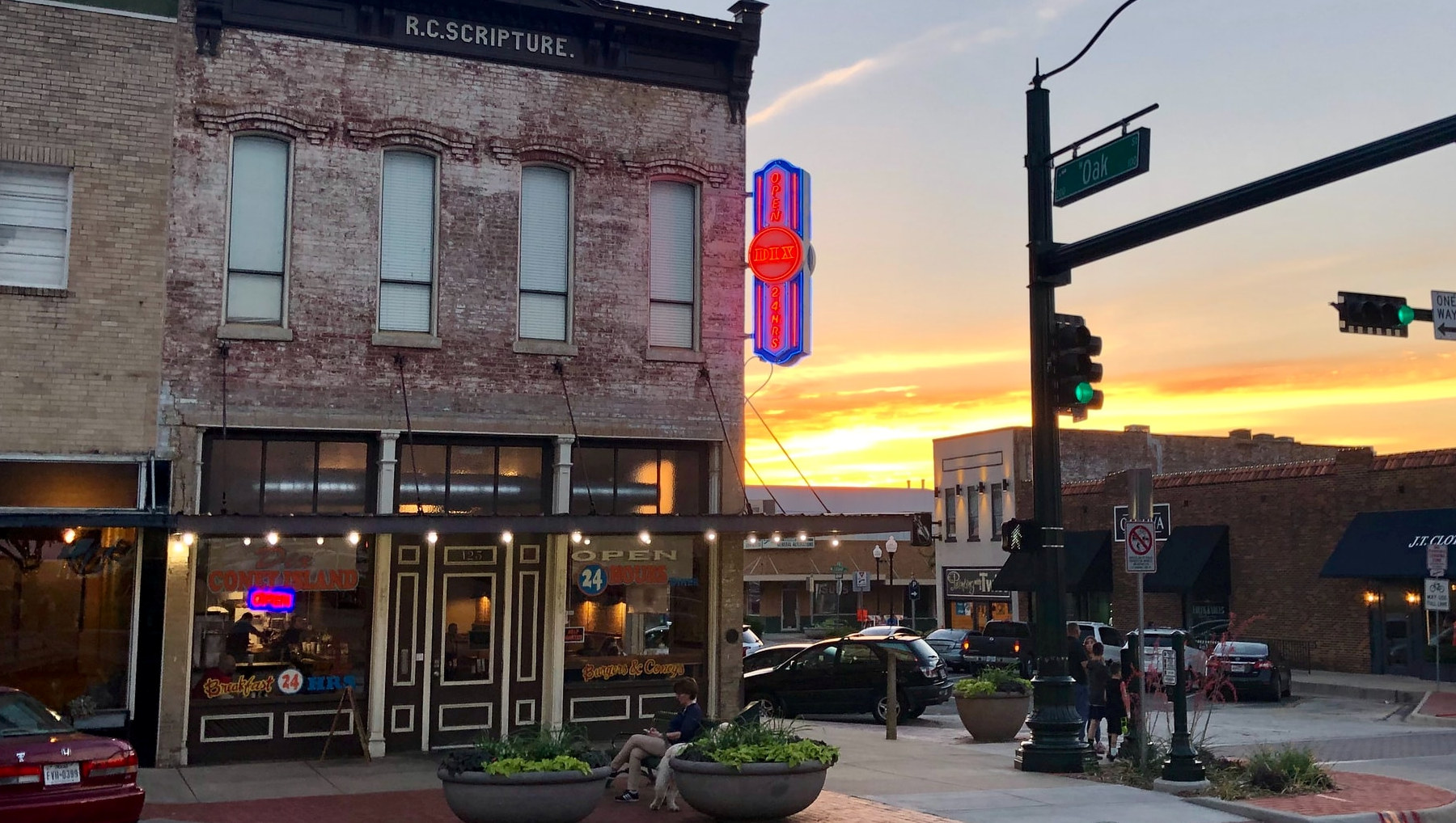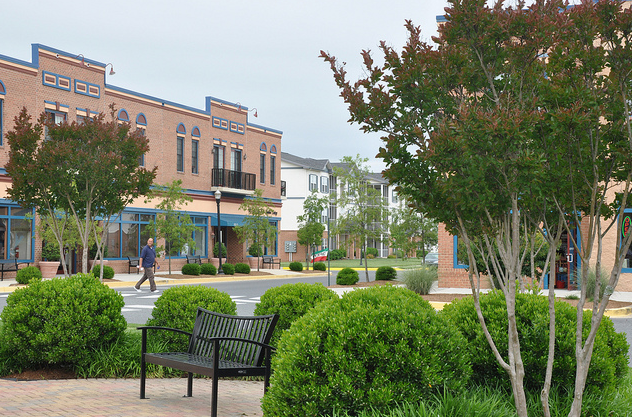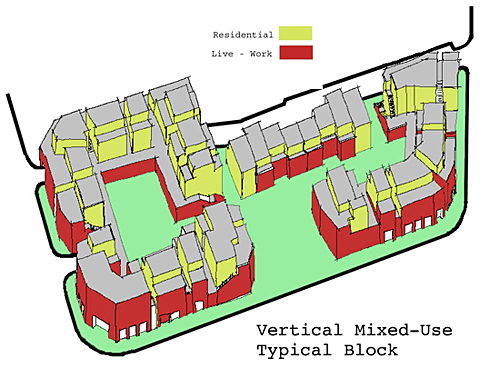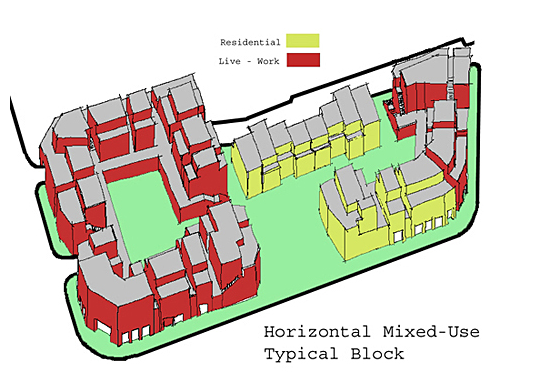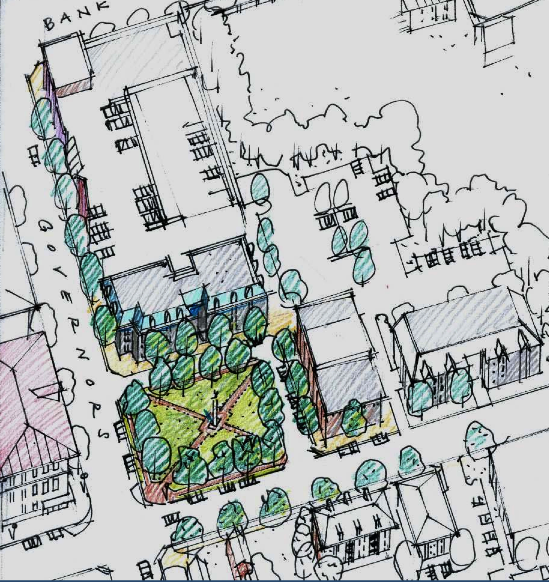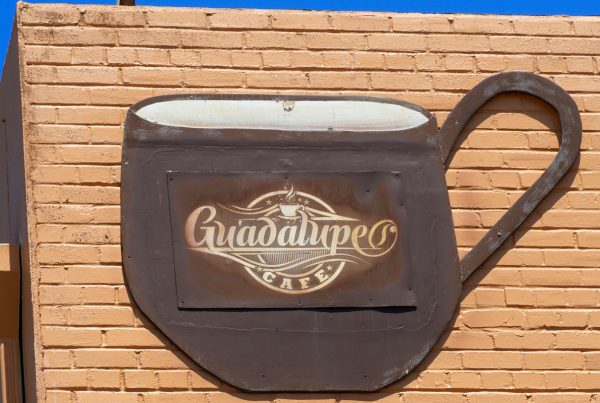As defined by the MRSC of Washington, mixed-use development is characterized as pedestrian-friendly development that blends two or more residential, commercial, cultural, institutional, and/or industrial uses. Mixed use is one of the ten principles of Smart Growth, a planning strategy that seeks to foster community design and development that serves the economy, community, public health, and the environment.
While mixed use has become a popular buzz word, the term can be confusing. It is not just limited to a multi-story development that incorporates commercial use on the first floor with residential uses on upper floors. The Urban Land Institute’s Mixed-Use Development Handbook characterizes mixed-use development as one that 1) provides three or more significant revenue-producing uses (such as retail/entertainment, office, residential, hotel, and/or civic/cultural/recreation), 2) fosters integration, density, and compatibility of land uses, and 3) creates a walkable community with uninterrupted pedestrian connections.
A blog, “don’t get mixed up on mixed use” by the folks at PlaceMakers, clarifies that mixed use is: … three-dimensional, pedestrian-oriented places that layer compatible land uses, public amenities, and utilities together at various scales and intensities. This variety of uses allows for people to live, work, play and shop in one place, which then becomes a destination for people from other neighborhoods. As defined by The Lexicon of the New Urbanism, mixed-use is multiple functions within the same building or the same general area through superimposition or within the same area through adjacency… from which many of the benefits are … pedestrian activity and traffic capture. Mixed-use zoning allows for the horizontal and vertical combination of land uses in a given area. Commercial, residential, and even in some instances, light industrial are fit together to help create built environments where residents can live, work, and play.
The Placemakers’ blog, and a brief prepared by the Village of Caledonia, WI, further explains that while there are many forms of mixed-use development, it can be categorized three ways:
Horizontal Mixed-Use Development
- Consists of single-use buildings within a mixed-use zoning district parcel, which allows for a range of land uses in a single development project
- Provides for a variety of complementary and integrated uses that are walkable and within a given neighborhood, tract or land, or development project

